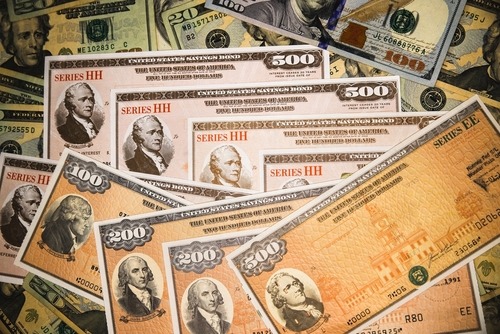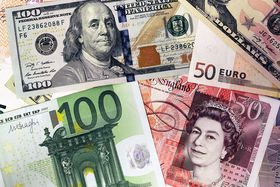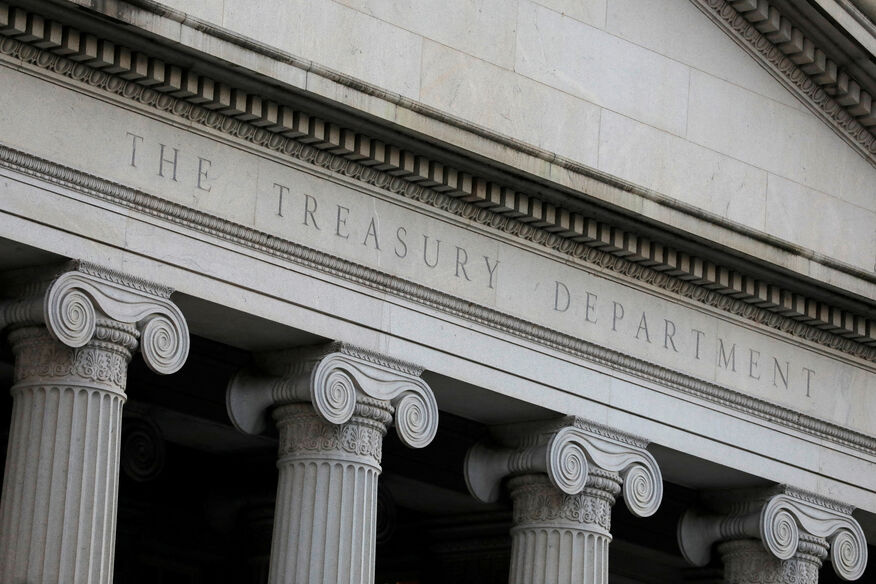[Reuters Analysis] Foreign demand for US Treasuries holds off bond vigilantes: McGeever

By Jamie McGeever
ORLANDO, Florida, July 23 (Reuters) - So much for the bond vigilantes.
The U.S. bond market has been remarkably calm lately, despite fears that inflation, tariffs, eroding Fed independence, and Washington's ballooning debt load will push up Treasury yields. What explains the resilience?
The above concerns remain valid, of course, as any one of them could eventually cast a long shadow over the world's largest and most important market.
But that doesn't seem to be on the immediate horizon. The so-called bond vigilantes - those investors determined to bring profligate governments into line by forcing up their borrowing costs - might have been driving bond prices lower earlier this year, but they are taking a back seat now.
The 10-year Treasury yield on Tuesday closed at 4.34%. That's below the year-to-date average of 4.40%, and less than 10 basis points above the one- and two-year averages.
Perhaps even more surprising, implied Treasury market volatility is hovering at its lowest levels in three-and-a-half years, further evidence that investors have little fear of an imminent spike in borrowing costs.
OVERSEAS DEMAND
The obvious explanation is that demand for Treasuries has picked up, investors lured back into the market by attractive yields on 10-year bonds approaching 5% and even juicer returns on 30-year paper. Concern about an economic slowdown, and thus lower interest rates, is likely adding fuel to this trend.
A lot of this demand has likely come from overseas, based on the latest release of Treasury International Capital flows data. Admittedly, these figures are released with a lag, but they are among the most reliable and closely tracked of all international flows information.
The TIC data show that the foreign official and private sectors bought a net $146.3 billion of U.S. Treasury notes and bonds in May on a non valuation-adjusted basis. That's the second-highest monthly total ever. And if you include corporate debt, agency bonds and equities, total foreign purchases of U.S. securities in May were the highest on record.
Private sector investors accounted for roughly 80% of that total. Their holdings of U.S. Treasuries began to outstrip official holdings a few years ago, and that trend seems to be accelerating. They now hold over $5 trillion, compared to the official sector's $4 trillion.
Bank of America's U.S. rates strategy team notes that outsized foreign private demand has also been evident in more recent flows data, particularly from Japanese investors who have bought more than $60 billion in overseas bonds since the start of May.
Demand from private sector buyers like pension funds is generally thought to be more price-sensitive than reserve managers and sovereign wealth funds, who are more inclined to buy and hold for the very long term.
REGULATION, STABLECOINS
Will the back end of the yield curve remain resilient?
This will obviously depend in part on what happens in the U.S. economy. But there are a few exogenous factors that could boost demand moving forward, including potential regulatory changes to the U.S. banking system and the accelerated adoption of cryptocurrency stablecoins.
First, the Fed has proposed revisions to the supplementary leverage ratio, which would free up capital for banks to hold more Treasuries. That could generate an estimated $1.1 trillion in extra buying capacity.
Next, the increased use of stablecoins, digital tokens that are pegged 1:1 to highly liquid assets like T-bills, short-dated bonds or the U.S. dollar, could drive demand for shorter-dated Treasuries. The House of Representatives last week passed a bill to create a regulatory framework for stablecoins, and U.S. President Donald Trump is expected to sign it into law soon.
HIBERNATING BEARS
Despite all this, there are still plenty of bond bears out there with good reasons to be bearish, not least the $1 trillion flood of new debt issuance expected before this year is out.
But what the market action in the first half of this year has shown – filled as it has been with heightened uncertainty around tariffs, geopolitics, deficits and the Fed – is that bond market selloffs aren't likely to last long.
That's partly because of the lack of a true alternative. The near-$30 trillion Treasury market is bigger than the Chinese, Japanese, French, UK and Italian government bond markets combined. And it is more than ten times bigger than the German Bund market, the euro zone's premium safe-haven asset.
Underlying demand is stronger than the vigilantes have bargained for.
(The opinions expressed here are those of the author, a columnist for Reuters)
US Treasury implied volatility lowest since Jan 2022
U.S. 10-year Treasury yield
Foreign private sector purchases of U.S. securities
Foreign private sector purchases of U.S. Treasuries
Foreign holdings of U.S. Treasuries - private vs official








